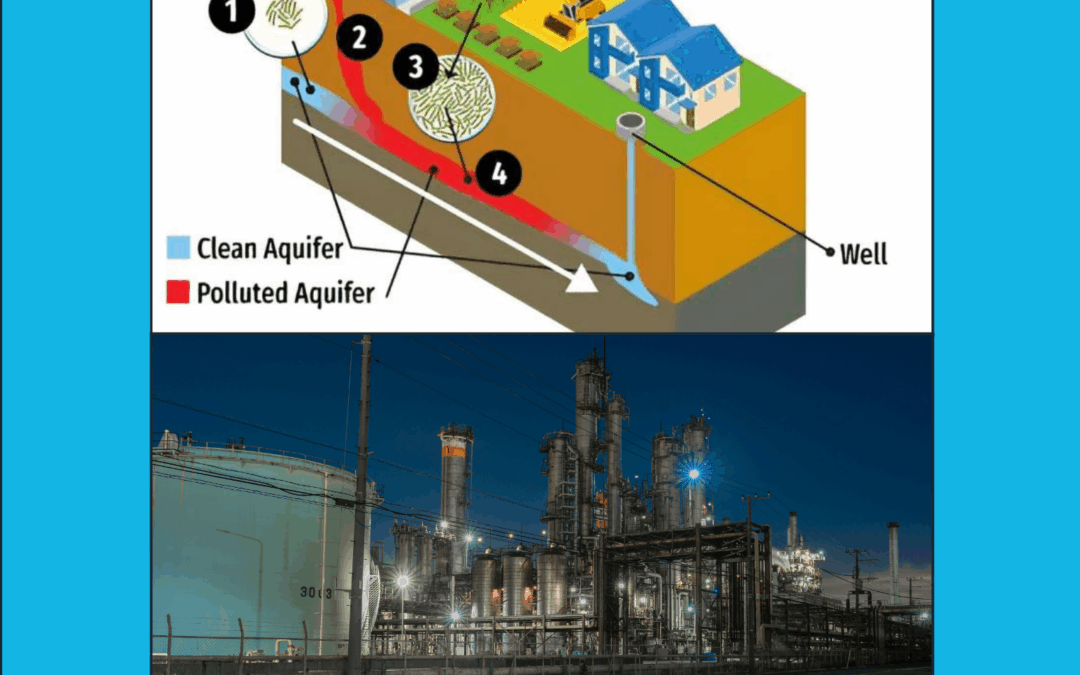Building Futures (BF) is about identifying projects, ideas, and innovations that create lasting positive change within the building community and the communities it serves.
Throughout my professional career, most building projects have relied on the assumption that a functioning “grid” of power, water, sewer, telecommunications, transportation, and internet systems was readily available. Yet, for far too long, these essential networks have been neglected, undermaintained, and rarely replaced when they’ve exceeded their design life. Driving through Chicago in recent years has been both frustrating—because of congestion—and exciting, as major infrastructure renewal is finally visible across highways, rail lines, bridges, and data centers.
This BF examines how manufacturing products known as “forever chemicals” may impact the Chicago metropolitan area.
PFAS: Forever Chemicals
Per- and polyfluoroalkyl substances (PFAS) have earned the nickname “forever chemicals.” The strong carbon-fluorine bond that defines them makes these compounds extremely resistant to natural breakdown.
Like many 20th-century chemicals, PFAS was initially created to solve specific industrial and consumer challenges: preventing food from sticking to cookware, making materials stain-resistant, or improving the effectiveness of fire-fighting foam. While well-intentioned, these chemicals carry unintended consequences—health risks that have emerged over time.
PFAS is now pervasive, contaminating groundwater and wastewater systems. In Chicago, the Metropolitan Water Reclamation District (MWRD) recycles bio-solids from treatment plants as fertilizer for farms, golf courses, and other sites. While these bio-solids provide nutrients, they also introduce PFAS into the environment. Regulatory standards for acceptable PFAS levels have been highly debated, and only recently are enforceable guidelines beginning to take shape.

Hope on the Horizon
Recent research has identified a bacterium capable of breaking the carbon-fluorine bond in certain PFAS compounds. Scientists have even isolated the enzyme responsible, offering the potential to degrade these persistent chemicals. With further development, such solutions could be expanded to address a broader range of PFAS contamination.
This cycle is familiar: innovations designed to improve human life sometimes create new hazards, followed by decades of scientific, regulatory, and political effort to mitigate their impact. Across the U.S., there are roughly 1,900 contaminated Superfund sites, with 20 located in the Chicago metro area. As PFAS chemicals are better understood, more cleanup efforts will be necessary.
The good news: science is advancing, and solutions are emerging. Over time, these efforts will help move our environment toward a cleaner, safer, and more sustainable future for generations to come.
Image 1: Shows how bacterium can be introduced to clean-up PFAS contamination (08/17/2024); Image by Evan Fields/UC Riverside
Image 2: PFAS chemical production plant, Kawasaki, Kanagawa, Japan (12/10/2022; Photo by mos design on Unsplash
